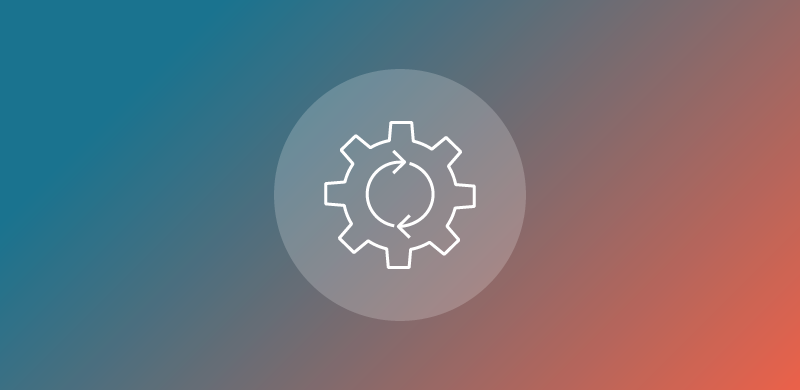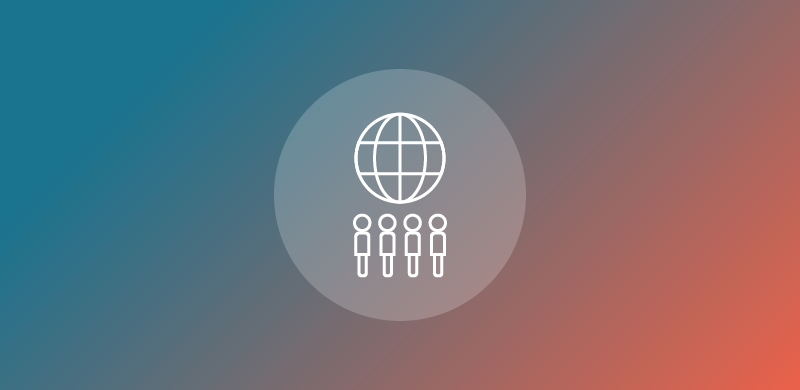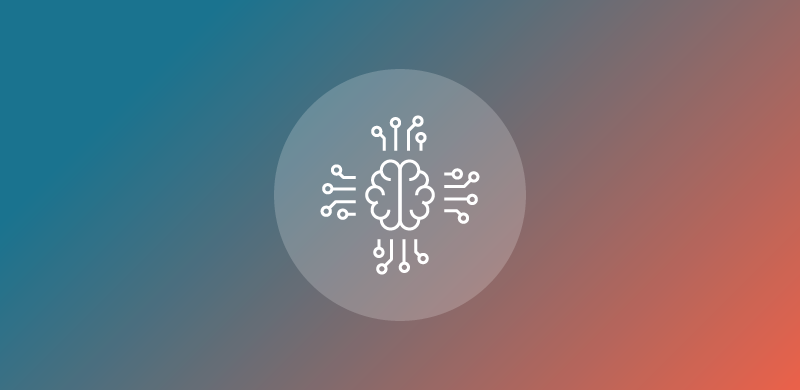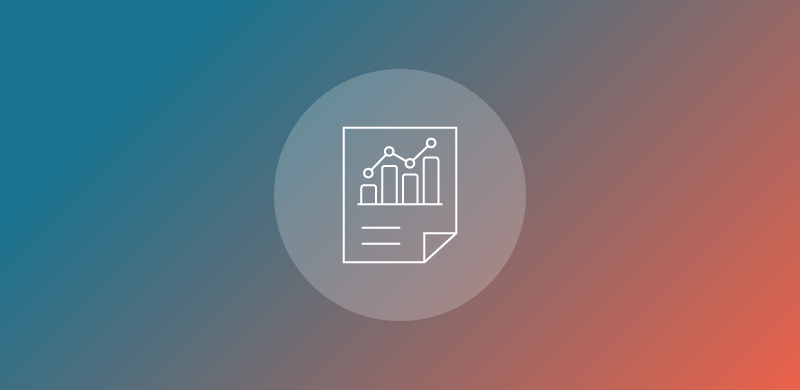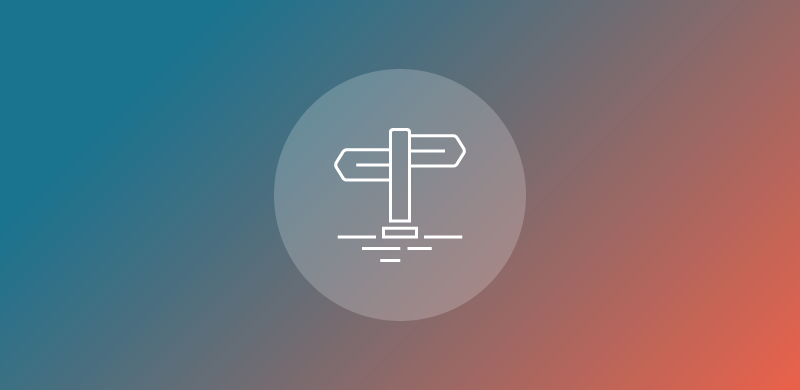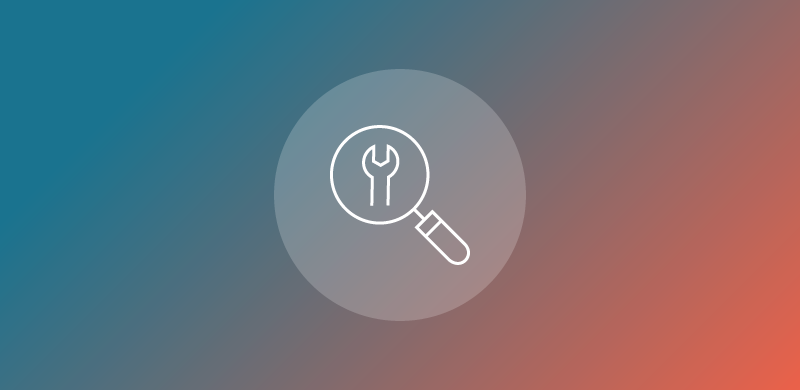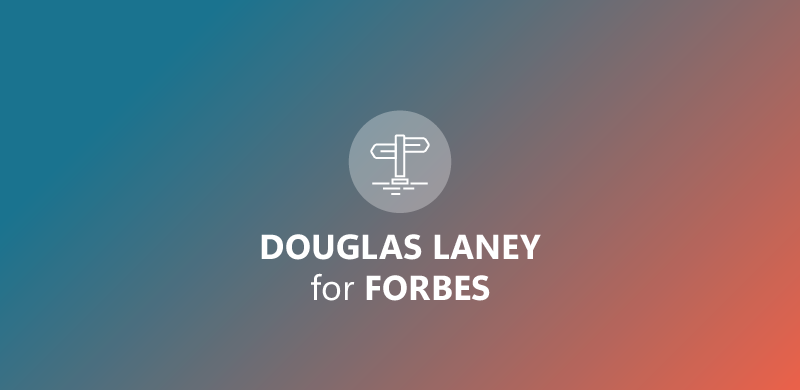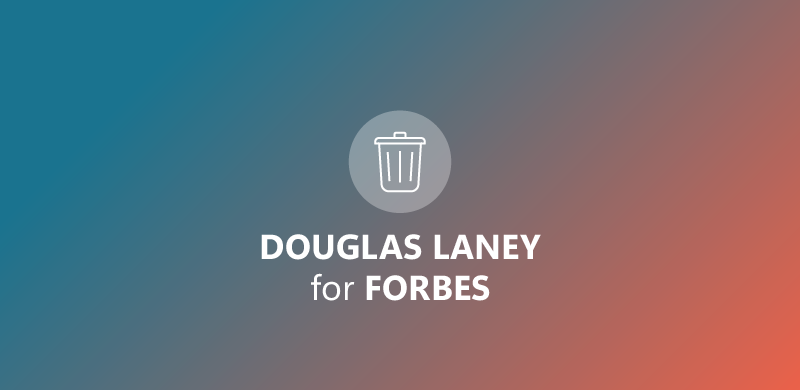What has happened?
SAP has announced Datasphere, the successor to Data Warehouse Cloud (DWC), as well as partnerships with four other vendors around Datasphere. See: https://news.sap.com/2023/03/sap-Datasphere-power-of-business-data/
Why is it important?
SAP has a large installed base in the data warehousing world with SAP Business Warehouse (BW) but enterprise data architecture has evolved significantly in the last 10-15 years (e.g., with data lakes and lakehouses).
Until now, it was unclear how SAP intended to position itself in this rapidly changing market environment, because both BW and the new cloud-based DWC product seem to only partially deliver the components and functions that companies need for analytical data management.
With Datasphere, SAP is now positioning itself as a data fabric provider for integrating SAP and non-SAP data in a semantic model.
What is interesting about it?
- Datasphere is the name of the latest version of Data Warehouse Cloud. SAP DWC customers have been automatically migrated and have access to Datasphere. Like DWC, Datasphere also contains the HANA database. As such, it also forms part of the SAP Business Technology Platform (BTP).
- Datasphere has strengthened the integration of many SAP Data Intelligence (SAP DI) functions for data integration into DWC, but not all of them. Changed Data Capture (CDC), the analytical model and the data catalog are the most significant new features in DWC, while other functionality such as the modeling options for data pipelines is missing. This also explains why Data Intelligence is to be continued and further developed for the time being.
- Datasphere’s semantic model is aimed at business users. However, building models and data pipelines is oriented more towards technically experienced users.
- There is not a lot of information on the future role of SAP’s business intelligence and planning solution SAP Analytics Cloud (SAC). While SAP has previously communicated plans to integrate it more tightly with DWC, a data fabric approach thrives on openness to as many data consumers as possible. Data is supported, providing SQL access to the data assets in Datasphere as well as other BI front ends such as Microsoft Power BI.
- The main focus of Datasphere is the provision of SAP data including metadata and business logic as well as the option to integrate SAP and non-SAP data. Both physical data integration and data virtualization are offered in parallel. These are building blocks for a data fabric but not a complete set of functionalities to achieve a full data fabric. Some of the missing functionality is provided by partners.
- Four new partnerships have been announced with Datasphere. They cover current gaps:
- Confluence for Kafka-based streaming
- Databricks for lakehouses and machine learning
- Collibra for data governance and data cataloging, especially also for non-SAP data
- DataRobot for DataScience/AutoML
Potential negative effects for customers
- Bringing Data Warehouse Cloud and Data Intelligence functionality together in one product does not seem to incur new license costs in the short term as DWC customers have been migrated automatically. However, it might not stay this way forever. Especially when the partner products are added to the set-up, the costs will likely rise.
- The integration with SAC was not addressed in detail in the announcement so the roadmap in that area is rather unclear. Customers that have invested in both SAP platforms will have to wait for clear statements and a concrete roadmap.
- Customers using both SAC and Datasphere will have to build two semantic layers in the current set-up (one in each product).
- SAP customers that have invested heavily in SAP BW warehouses will not be able to leverage their full investment straight away, as the interface (SAP BW data bridge) does not support the full range of SAP BW functionality.
Potential positive effects for customers
- Existing DWC customers have been automatically migrated to Datasphere at no additional cost, getting additional functionality from the same subscription package.
- It seems that SAP will be more open to third-party tools, although we have not seen any final confirmation or description of the model for future partnerships yet.
- For customers that have already invested in any of the four strategic launch partners, the official partnership gives them better support for the combined offering, officially supported interfaces and security for their investment.
- SAP has made it easier for its customers to combine their investment in SAP’s data and analytics stack with the offerings of innovative vendors like the four launch partners (and probably more to come).
Strategic outlook
SAP has decided to focus its offering and investment mainly on the semantic layer to include third-party data, combining data from its own stack with non-SAP data. This indicates that SAP has decided to address one of its customers’ main pain points instead of forcing them to choose one of its own cloud data warehouse products.
Other vendors have also established a data fabric ecosystem with or around their data platforms so the key ingredient in Datasphere’s success will be the value add it provides. Building a true and complete data fabric on the existing building blocks will be vital to that.
This is not the first approach to a data platform that SAP has announced, so it will be interesting to see how consistent and persistent SAP is in following it through in the coming years.

